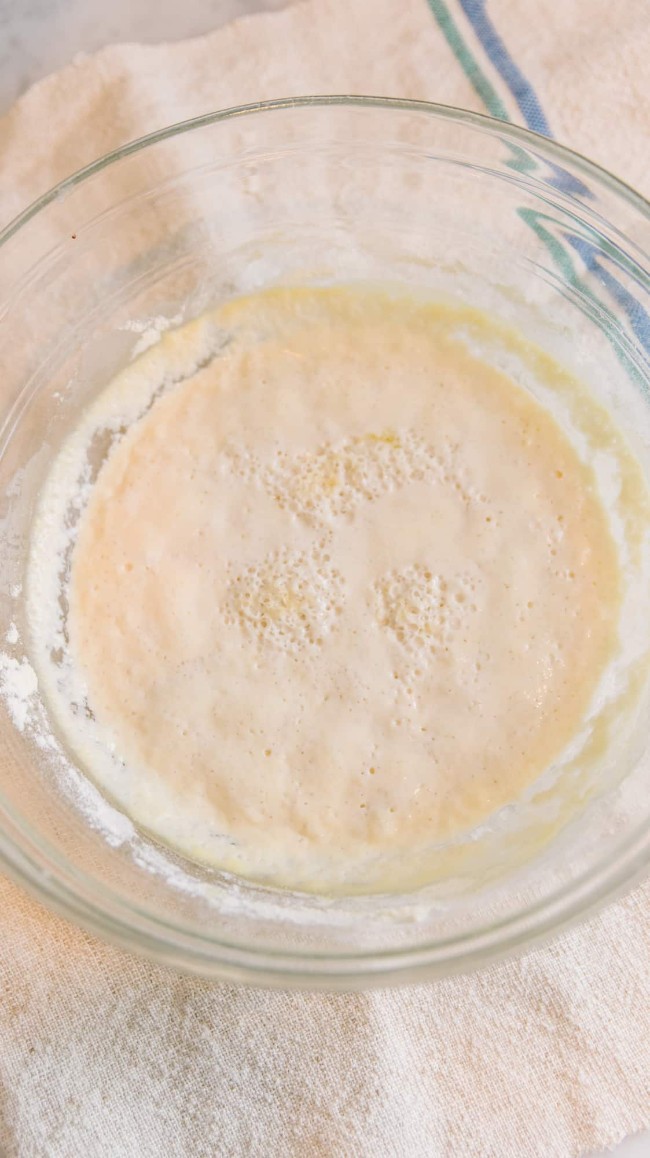Rustic White Kamut Sour Dough Bread Starter
Rated 3.7 stars by 512 users

Ingredients
-
1 round or oblong loaf
-
6 days (starter) + overnight (bread)
-
SOUR DOUGH STARTER
-
2 pint sized jars
- ½ cup White Kamut Flour
-
1/2 cup and ¼ cup lukewarm water
-
Spoon (about the size of a tbsp)
Makes:
Time:
Directions
Day 1:
1: Gather materials. Add to jar ¼ cup Kamut flour and ¼ cup water. Stir and gently cover with a lid (unsealed). Don't use a towel to trap the moisture inside the jar and optimally encourage fermentation. Let sit at room temperature for 12 hours.
Keep a record of your progress Day 1 through day 6. Cross off each day when you add in more flour and water. Day 1 would not start until the following day after adding in the second amount of flour and water. (If you forget and miss a day, not to worry, just continue the process).
After 12 hours:
Using the second jar and spoon, remove a scoop of starter from the first jar and place into a clean jar. Add ¼ cup Kamut flour and ¼ cup water, stir it up, cover and sit at room temperature for 24 hours.
After 24 hours
Repeat second step and continue to " Feeding and Maintaining your sourdough starter." Please note that is can take up to a week to fully activate a starter from scratch if never having made one before.
It will bubble on the sides, when ready it will stretch away from the sides of the jar. To test the starter, remove a scoop from the jar and drop it into a cup of water, it should float on the surface, then it is ready for bread.
Feeding and Maintaining a Sourdough Starter:
On the Counter: Feed starter once a day if leaving it at room temperature. This will avoid any chances of mold. To feed, take a coop and add to clean jar, add ¼ cup flour and ¼ cup water. Stir and cover, store in a draft free, warm area. Repeat daily.
In the fridge: If not planning to bake everyday, the starter can stay in the fridge up to two weeks. When ready to bake, pull it out the night before and feed it as directed above. Use warmer water as this will help it activate. Leave it on the counter until it is nice and bubbly.
Building a Leaven:
Since feeding a starter only small amounts each day, a larger feed is required to make bread dough. This is called "making a leaven." A leaven does exactly what its name says, it leavens dough, acting as natural yeast to rise bread. The recipe below calls for 1 cup of starter. The morning before making bread, feed into a larger jar 1 heaping spoonful of starter with 1/2 cup flour and 1/2 cup water. Once active this will be 1 cup of starter to use in the bread recipe.

